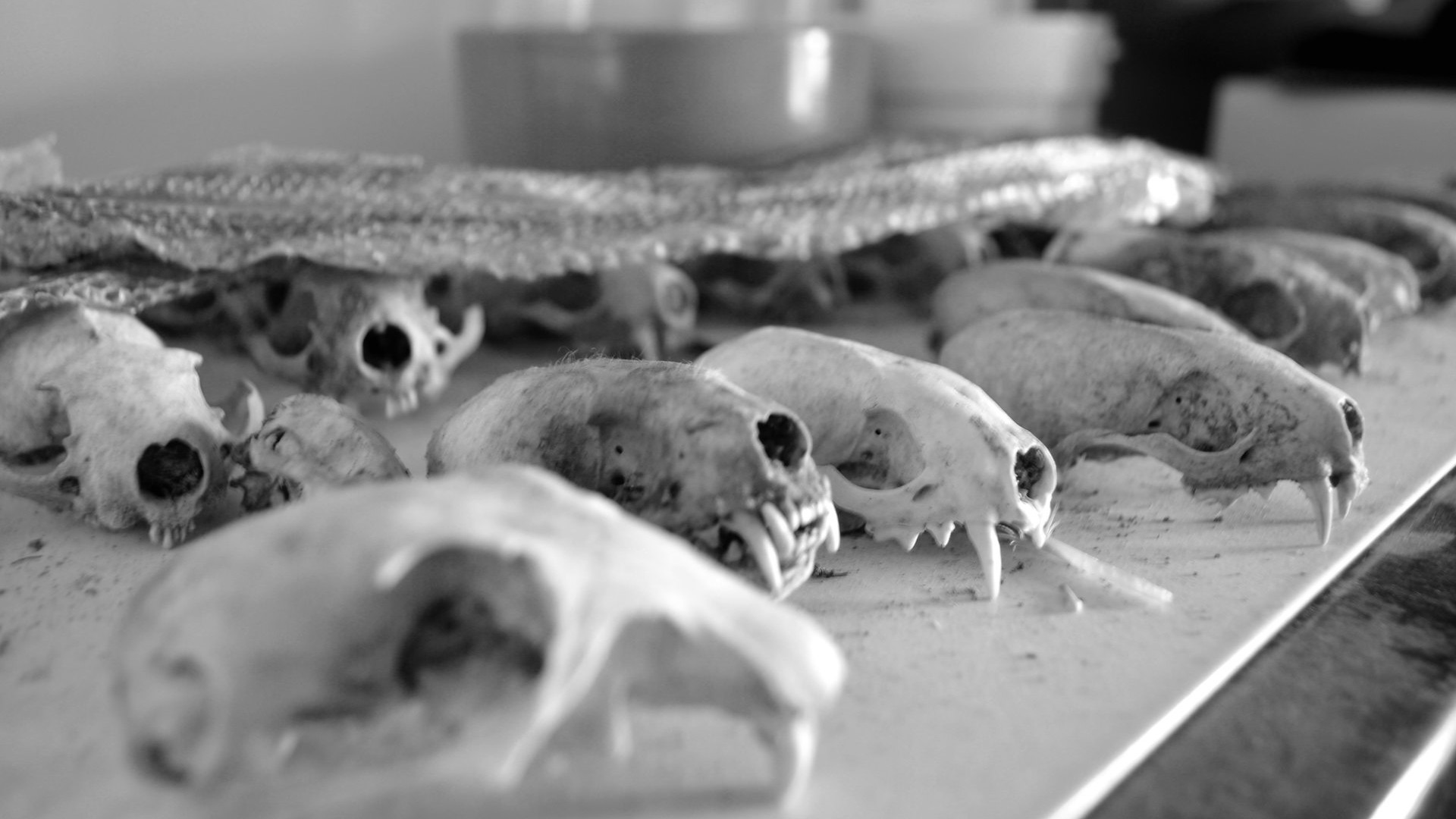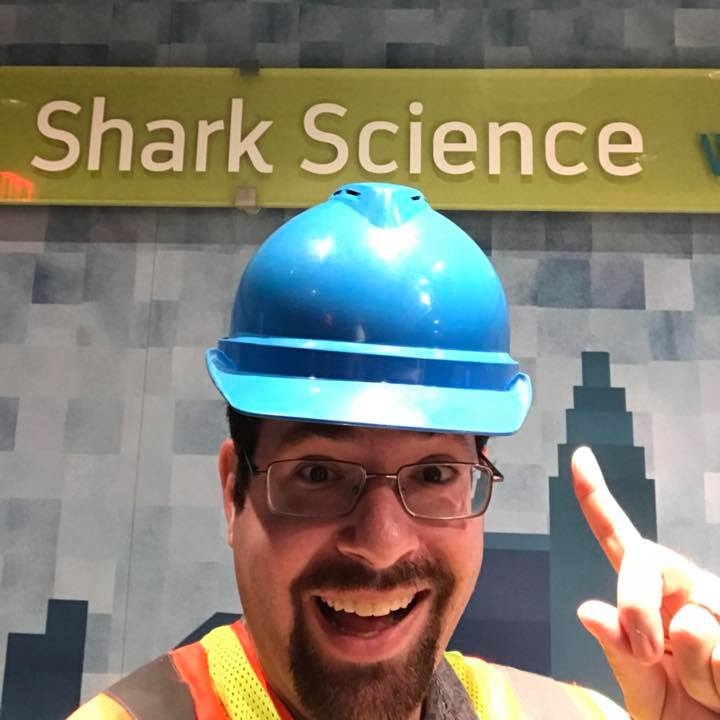For Allison Catalano, a former U.S. Navy logistics officer and strategic-management consultant, learning from failure is the key to success.
“I’ve always been a part of organizations that handle failure head on — or at least attempt to,” she says. Addressing failure, she adds, shows us what doesn’t work so that we can find out what does.
Now a Ph.D. candidate at Imperial College of London, Catalano is researching two important environmental questions: What makes conservation projects fail? And what can we learn from those failures?
These are crucial questions. We’re in a time of accelerating environmental crisis, and the conservation movement has limited resources. The consequences of a project’s failure can be far-reaching, ranging from the loss of species habitat to a population decline — or even, in a worst-case scenario, extinction. That makes it critical to focus efforts on projects that are likely to succeed — or to start each project on as good a footing as possible — because time is running short for many species, and it’s possible we won’t be able to solve every problem.
Fortunately there’s a field dedicated to studying what works in conservation and what doesn’t — scientists like Catalano who dedicate their professional lives to learning how to get the most bang out of the few bucks we have to spend.
“The goal of my Ph.D. research is to examine how failure is handled in conservation at individual, team and organizational levels,” says Catalano.
That research has generated a new paper, published this fall in the journal Biological Conservation. Catalano and her colleagues combed through thousands of peer-reviewed scientific articles to try to understand why certain projects failed.
It was harder than you might think.
For one thing, published papers don’t always describe things in easily digestible terms like “success” or “failure.” Catalano’s paper notes the challenge in locating published examples of failure, as only 3 percent of articles included the word “fail” in the title and only 2 percent of articles used it within searchable keywords.
For another, in too many cases it’s hard to tell if a conservation project succeeded or failed in achieving its goals because those goals were never explicitly stated. For example — as I reported on earlier this year — some marine protected areas make the mistake of not fully defining their criteria for success.
But most importantly, we just don’t talk enough about failure. At least in the academic literature.
Silence Doesn’t Equal Science
Catalano and her coauthors found that although conservation projects often fail, those failures are seldom covered in the literature. Out of more than 4,000 studies examined about the success or failure of conservation projects, only 59 — less than 1.5 percent — contained any amount of detail about why a project failed.
There are reasons for this.
“Most people are reluctant to publish failure stories,” Catalano tells me. First, failure is a career liability. Many scientists and organizations are concerned that publishing their failures will damage their reputations or lower their chances of future funding. Second, some scientists believe journal reviewers will simply reject “failure stories” because they don’t present new discoveries.
She notes that both these forms of reluctance may, in fact, point to a publishing failure.
“There’s just not much in the way of incentives” to discuss failure in peer-reviewed scientific literature, she says.
Other conservation scientists agree we’re not doing a good enough job publishing stories of conservation failure.
“It’s a lost opportunity for conservation if we don’t study, document and try to understand failure,” says Nathan Bennett, a research associate with the University of British Columbia’s Institute for Fisheries and chair of the IUCN People and Oceans Specialist Group, who was not involved with this study. “It’s hard to admit to our mistakes, and the culture of conservation organizations and agencies does not encourage sharing or learning from failure.”
But without a record of failed conservation actions, we’re hampered in our understanding.
“We may be making the same mistakes or investing in the same failed conservation initiatives again and again,” Bennett says.
Many researchers told Catalano that they felt not discussing failure was itself a failure.
“I actually interviewed several of the article authors as a follow-up for a future paper, and several told me that they felt strongly that their stories needed to be shared,” she says.
Learning From Failure (and People)
Still, Catalano’s research offers lessons from the relatively few published papers about projects that don’t succeed.
Among the 59 “failure” articles they reviewed, Catalano and her team found some recurring patterns. The most common problem wasn’t a lack of resources, poor data, or insufficient understanding of the behavior of an endangered species. It was this: not making sure community members were aware of, involved in, and supportive of the conservation project.
“Many of the articles in this literature review included examples of the breakdown of trust and communication between stakeholders,” Catalano says. “Once this happens, it takes a long time to build it back up, and often the conservation project ends before a positive outcome can be achieved.”
That creates an opportunity.
“People are a big part of the problem, but happily they can also be a large part of the solution if we start to learn more effectively from failure,” she says.
Ignoring the human dimensions of conservation is a long-identified problem, as Bennett’s research revealed in a paper published in 2013.
“My research shows that the support of local people is fundamental to the long-term success of conservation,” Bennett tells me. “The support of local people often depends on perceptions of legitimacy, good governance and feelings of fairness. When they’re not engaged or when they feel that conservation will negatively impact their livelihoods, they tend to actively oppose or take actions to undermine conservation.”
Looking Outside and Ahead
What can be done to help conservation professionals learn from failure? Getting failure stories published may take a paradigm shift.
In the meantime, stories of failure are certainly out there — they just aren’t being published in academic journals or available in a centralized repository.
“The conservation science literature is dominated by academic authors, but most front-line professionals are outside academia,” says Justina Ray, president of Wildlife Conservation Society Canada. She says most people with direct, on-the-ground experience in conservation success and failure don’t rely on academic journals; instead they talk about their results in one-on-one conversations and meetings, as well as documents like grant reports.
Ray wholeheartedly agrees with the paper’s conclusions that we could all learn from failure in a more structured way. But, she adds, she’s not sure academic literature is the best place for that. For an academic who wants to learn this stuff, there’s just no substitute for building relationships with experienced practitioners.
At least one effort is underway to turn this around. The Wildlife Conservation Society recently launched something it calls the Failure Factors Initiative to help individuals and groups anonymously report on projects that don’t pan out so others can adapt their own efforts.
Catalano wants the conservation community to push this forward and try to learn from failure. She says she hopes her research program helps to inspire a culture shift in conservation science, and to promote structures for analyzing mistakes so we don’t endlessly repeat them.
Editor’s note: Nathan Bennett and article author David Shiffman are alumni of the Liber Ero Postdoctoral Research Fellowship in Conservation Biology, and Justina Ray has recently joined the scientific advisory board for that group.
![]()


